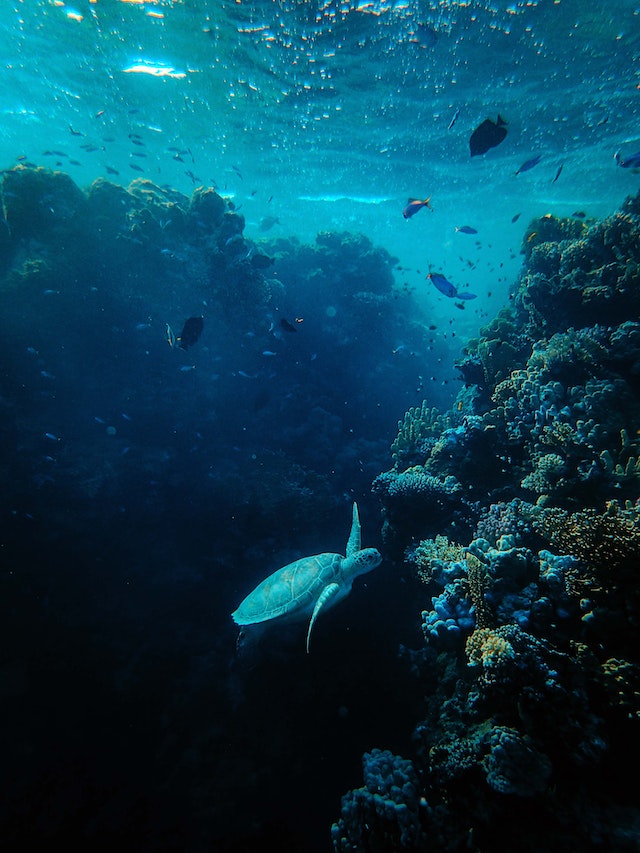Introduction:
The vast and mysterious depths of the ocean hold countless secrets waiting to be uncovered. This article explores how scientists dive into uncharted waters, pushing the boundaries of exploration and employing innovative techniques to unlock the mysteries of the deep. From cutting-edge technology to the spirit of discovery, scientists are venturing into the unknown to unravel the secrets hidden beneath the ocean’s surface.
1. Advanced Underwater Exploration Tools:
To venture into the uncharted deep, scientists rely on advanced underwater exploration tools. Remotely operated vehicles (ROVs) and autonomous underwater vehicles (AUVs) equipped with cameras, sensors, and sampling devices enable scientists to reach extreme depths, collect samples, and capture high-resolution imagery. These sophisticated tools provide a window into the deep-sea world, allowing researchers to study its biodiversity, geology, and unique ecosystems.
2. Deep-Sea Submersibles:
Deep-sea submersibles offer scientists the opportunity to physically descend into the depths, providing a firsthand perspective of the underwater environment. Manned submersibles like Alvin and Mir have allowed researchers to explore extreme depths and make groundbreaking discoveries. These submersibles provide a human presence in the deep, enabling scientists to observe, collect samples, and conduct experiments in real-time.
3. Multidisciplinary Research Expeditions:
Unraveling the secrets of the deep requires collaboration across various scientific disciplines. Multidisciplinary research expeditions bring together experts in marine biology, geology, oceanography, and more to collectively study the complex ecosystems and geological formations found in unexplored areas. By combining their expertise, scientists can gain a comprehensive understanding of the deep-sea environment and its interconnectedness.
4. Innovative Sampling Techniques:
Sampling techniques play a crucial role in deep-sea exploration. Scientists employ methods such as sediment coring, trawling, and suction samplers to collect specimens and sediment samples from the ocean floor. These samples provide valuable insights into the biodiversity, microbial communities, geological processes, and historical records stored in the deep-sea environment. Innovative sampling technologies continue to evolve, allowing scientists to gather data more efficiently and with minimal disturbance to the delicate ecosystems.
5. DNA Sequencing and Metagenomics:
Advancements in DNA sequencing and metagenomics have revolutionized our understanding of deep-sea ecosystems. By analyzing genetic material extracted from water samples, sediment, or organisms, scientists can identify and study the diverse array of microbial life thriving in the deep. Metagenomics also allows researchers to uncover the functional capabilities of these microbial communities and their ecological roles, contributing to our understanding of the deep-sea ecosystem dynamics.
6. Exploration of Extreme Environments:
Scientists are drawn to the exploration of extreme environments in the deep sea, such as hydrothermal vents, cold seeps, and deep trenches. These environments harbor unique ecosystems, adapted to extreme temperatures, high pressures, and chemical-rich conditions. By studying these extreme environments, scientists gain insights into the adaptations of organisms and their potential applications in various fields, such as biotechnology, medicine, and astrobiology.
Conclusion:
Scientists brave the unknown depths of the ocean, armed with advanced technology, collaborative research, and innovative techniques. By diving into uncharted waters, they unlock the secrets hidden beneath the surface and expand our knowledge of the deep sea’s biodiversity, geological wonders, and ecological intricacies. With each exploration, scientists push the boundaries of human understanding, bringing us closer to comprehending the vast and captivating mysteries that lie within the world’s oceans.




